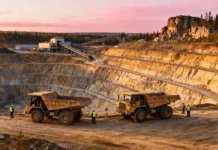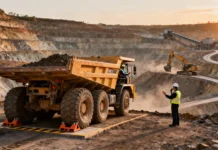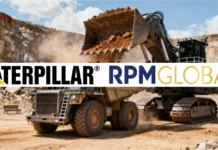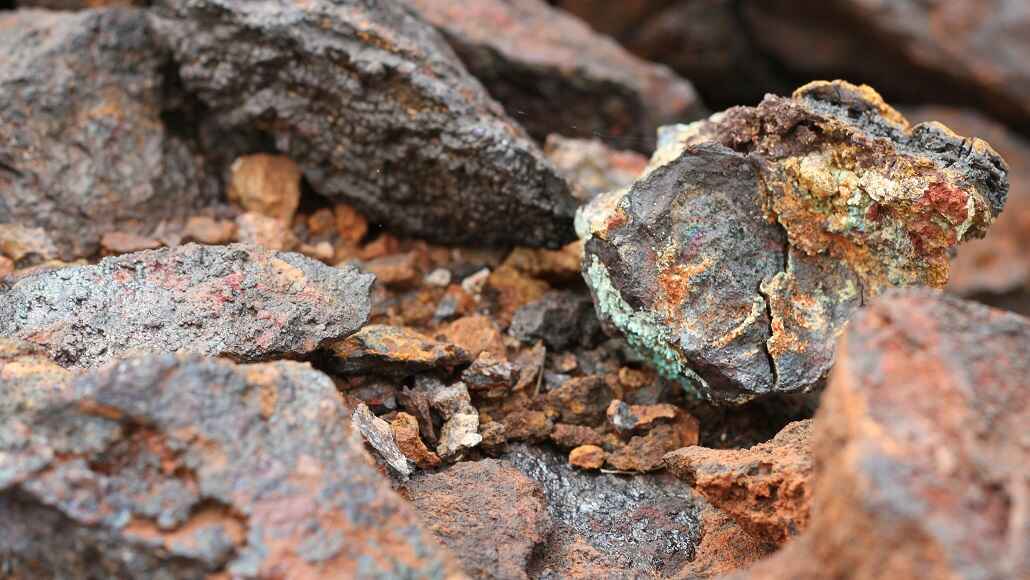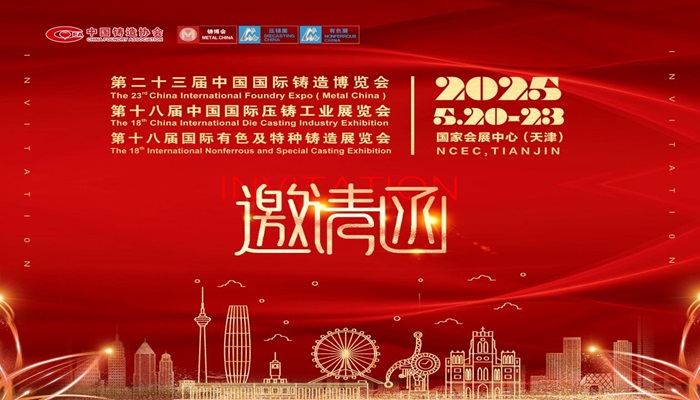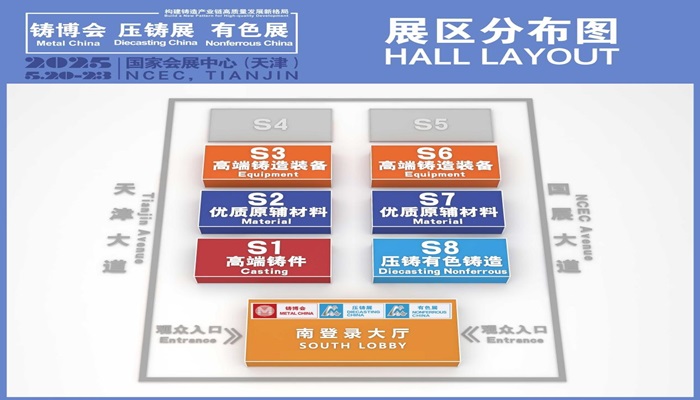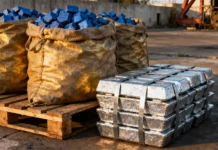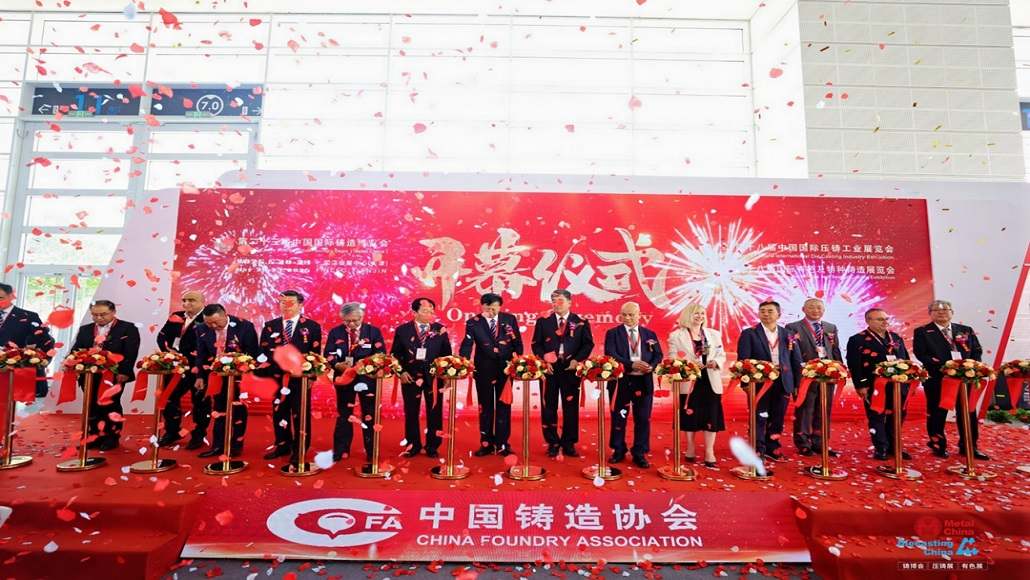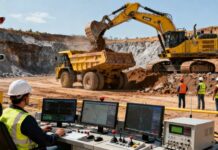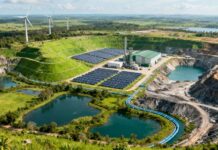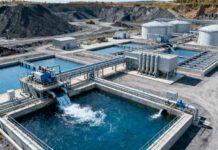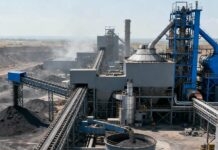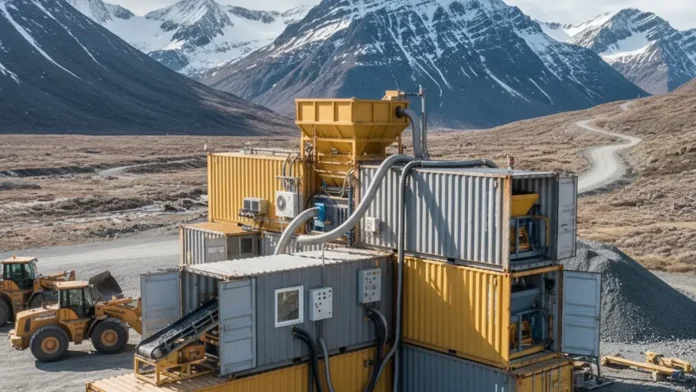The mining industry faces an unprecedented challenge as easily accessible, high-grade mineral deposits become increasingly scarce while demand for critical minerals continues to surge. Modular mineral processing plants emerge as a revolutionary solution that unlocks previously uneconomical deposits, enabling mining companies to extract value from remote locations and low-grade ore bodies that traditional processing approaches cannot justify economically.
These innovative processing systems represent a fundamental departure from conventional large-scale, permanent processing facilities. Instead, modular mineral processing plants offer flexible, transportable solutions that can be deployed rapidly in challenging environments, scaled according to deposit characteristics, and relocated as mining operations evolve.
The strategic importance of modular processing extends beyond immediate operational benefits to encompass resource security, environmental sustainability, and economic resilience. As geopolitical tensions highlight the critical importance of domestic mineral production, modular systems enable countries to develop previously marginal deposits, reducing dependence on overseas suppliers while strengthening supply chain security.
Revolutionizing Decentralized Ore Processing
Decentralized ore processing represents a paradigm shift from traditional centralized processing approaches that require massive capital investments and extensive infrastructure development. Modular systems enable mining companies to establish processing capabilities directly at mine sites, eliminating costly ore transportation requirements while reducing environmental impact and infrastructure needs.
The evolution toward decentralized processing reflects broader industry trends toward agility, flexibility, and rapid response capabilities. Modern mining operations must adapt quickly to changing market conditions, ore characteristics, and regulatory requirements. Modular systems provide the operational flexibility necessary to respond effectively to these dynamic challenges.
Contemporary modular designs utilize standardized components that can be combined in various configurations to match specific ore characteristics and production requirements. These systems typically employ standard shipping container dimensions, enabling cost-effective transportation to remote locations using existing logistics infrastructure. Pre-fabricated modules arrive at mining sites ready for assembly, dramatically reducing on-site construction requirements and associated costs.
The integration of advanced automation and control systems enables modular plants to operate efficiently with minimal on-site personnel, addressing workforce challenges common in remote mining locations. Remote monitoring capabilities allow expert operators to supervise multiple facilities from centralized control centers, optimizing operational efficiency while reducing labor costs.
Advantages for Low-Grade Ore Extraction
Low-grade ore extraction presents unique economic challenges that traditional processing approaches often cannot address profitably. Large-scale processing facilities require substantial throughput volumes to justify their capital costs, making them unsuitable for deposits with limited reserves or marginal grades. Modular mineral processing plants offer scalable solutions that can process smaller ore volumes economically while maintaining acceptable recovery rates.
The economic advantages of modular processing for low-grade ores stem from reduced capital requirements and operational flexibility. Traditional processing facilities often require investments exceeding hundreds of millions of dollars, creating high breakeven thresholds that eliminate many potential mining projects. Modular systems typically require capital investments of ten to thirty million dollars, depending on capacity and complexity, making previously uneconomical deposits financially viable.
Operational flexibility enables modular plants to adapt quickly to changing ore characteristics and market conditions. Low-grade deposits often exhibit significant variability in mineral content, requiring processing circuits capable of handling different ore types efficiently. Modular designs allow operators to reconfigure processing circuits by adding, removing, or modifying individual modules to optimize performance for specific ore characteristics.
The rapid deployment capabilities of modular systems enable mining companies to capitalize quickly on favorable market conditions or newly discovered deposits. Traditional processing facilities require three to five years for permitting, construction, and commissioning, while modular plants can be operational within six to eighteen months from project initiation. This rapid deployment capability provides significant competitive advantages in volatile commodity markets.
Flexible Processing Systems Design
Flexible processing systems represent the core technological advancement that enables modular plants to handle diverse ore types and operational requirements effectively. These systems incorporate multiple processing technologies within compact, integrated modules that can be combined to create customized processing circuits tailored to specific deposit characteristics.
Modern flexible processing designs utilize advanced ore characterization technologies to determine optimal processing configurations for different ore types automatically. These systems employ X-ray transmission sorting, optical scanning, and artificial intelligence analysis to identify ore characteristics and recommend appropriate processing routes. Automated sorting systems can separate different ore types before processing, enabling facilities to optimize circuits for specific material streams.
Multi-stage processing capabilities within individual modules enable complex metallurgical processes within compact footprints. Advanced flotation systems, high-pressure grinding rolls, and integrated hydrometallurgical processing can be incorporated into container-sized modules, providing processing capabilities previously available only in large-scale facilities.
Process integration between modules creates seamless processing circuits that operate as unified systems despite their modular construction. Advanced control systems coordinate activities across multiple modules, optimizing material flow, chemical addition, and energy consumption throughout the entire processing circuit. These systems enable modular plants to achieve recovery rates and processing efficiencies comparable to traditional large-scale facilities.
Plug-and-Play Mineral Processing Technologies
Plug-and-play mineral processing technologies represent the pinnacle of modular design philosophy, providing processing capabilities that can be deployed and operational within days of arrival at mining sites. These systems arrive pre-assembled, pre-tested, and ready for immediate operation, requiring minimal on-site construction and commissioning activities.
The technological foundation of plug-and-play systems relies on standardized interfaces between modules, enabling different processing units to be connected quickly and safely. Standardized electrical, hydraulical, and control system connections eliminate complex integration requirements, while pre-programmed control systems coordinate operations across multiple modules automatically.
Quality assurance programs ensure plug-and-play systems meet performance specifications before leaving manufacturing facilities. Comprehensive testing programs verify processing performance, safety systems, and environmental compliance under controlled conditions, reducing commissioning time and ensuring reliable operation from day one of deployment.
Remote diagnostic capabilities enable manufacturers to monitor system performance and provide technical support regardless of installation location. These systems transmit operational data to support centers where experts can diagnose problems, recommend solutions, and guide local personnel through maintenance procedures. This support capability is particularly valuable for installations in remote locations where technical expertise may be limited.
Economic Benefits and CAPEX Reduction
The economic advantages of modular mineral processing plants extend well beyond reduced capital expenditure to encompass improved project economics, reduced financial risk, and enhanced operational flexibility. These benefits make previously uneconomical projects financially viable while improving returns for existing operations.
Capital expenditure reductions typically range from forty to sixty percent compared to equivalent traditional processing facilities. These savings result from reduced construction requirements, standardized manufacturing processes, and elimination of extensive site infrastructure development. Modular systems utilize existing site infrastructure where possible while minimizing requirements for new construction.
Operational expenditure benefits include reduced labor requirements, simplified maintenance procedures, and improved energy efficiency. Automated systems reduce personnel requirements while standardized equipment simplifies maintenance procedures and parts inventory requirements. Advanced process control systems optimize energy consumption while integrated heat recovery systems capture waste heat for productive use.
Financial risk reduction stems from modular systems’ scalability and relocatability. Traditional processing facilities represent significant stranded assets if mining operations cease or ore reserves prove insufficient. Modular systems can be relocated to alternative sites or reconfigured for different applications, protecting investment value and providing strategic flexibility.
Cash flow improvements result from accelerated project development timelines and reduced capital requirements. Modular plants can begin generating revenue within twelve to eighteen months of project initiation, compared to three to five years for traditional facilities. Earlier revenue generation improves project net present value while reducing financing requirements and associated interest costs.
Remote Mining Applications
Remote mining locations present unique challenges that modular processing systems are specifically designed to address. These environments typically lack infrastructure, skilled labor, and supply chain access, making traditional processing approaches impractical or prohibitively expensive. Modular systems provide self-contained processing capabilities that operate efficiently despite these constraints.
Infrastructure independence represents a crucial advantage for remote operations. Modular plants can operate using portable power generation systems, integrated water treatment facilities, and satellite communication systems. These self-contained capabilities eliminate dependence on local infrastructure while ensuring reliable operation regardless of location.
Logistics optimization reduces the operational complexity and cost of supporting remote mining operations. Modular systems utilize standard shipping containers for equipment modules, enabling cost-effective transportation using existing freight networks. Standardized spare parts and consumables inventories simplify supply chain management while reducing inventory costs.
Environmental considerations become particularly important in remote locations where ecosystems may be fragile and regulatory oversight intensive. Modular systems incorporate advanced environmental controls including closed-loop water systems, dust suppression technologies, and noise reduction measures. These systems enable mining operations to maintain environmental compliance while minimizing ecological impact.
Scalability and Future Expansion
The scalability of modular mineral processing plants provides mining companies with strategic flexibility to adapt operations as deposits develop and market conditions change. Initial installations can be sized conservatively based on proven reserves while maintaining options for future expansion as additional resources are identified.
Phased development strategies utilize modular systems to implement mining projects incrementally, reducing initial capital requirements while maintaining expansion capabilities. Initial processing modules can be deployed based on immediate resource requirements while additional modules are added as production increases or ore characteristics change. This approach enables mining companies to match capital investment with revenue generation while minimizing financial risk.
Technology upgrade pathways enable existing modular installations to incorporate advanced processing technologies as they become available. Individual modules can be replaced or upgraded without impacting overall facility operations, ensuring processing capabilities remain current with technological developments. This upgradeability protects long-term investment value while maintaining competitive processing performance.
Market response capabilities enable modular operations to adjust production capacity quickly in response to commodity price fluctuations or demand changes. Additional modules can be deployed rapidly during favorable market conditions while excess capacity can be relocated or temporarily decommissioned during market downturns. This operational flexibility provides significant competitive advantages in volatile commodity markets.
The transformational potential of modular mineral processing plants extends beyond individual mining operations to encompass industry-wide changes in resource development strategies, supply chain management, and environmental stewardship. As these technologies continue to mature and become more widely adopted, they will enable the development of previously uneconomical mineral resources while supporting more sustainable and resilient mining operations worldwide.
Through strategic implementation of modular processing technologies, mining companies can unlock value from challenging deposits while maintaining operational flexibility and environmental responsibility. This capability becomes increasingly important as the industry faces growing pressure to develop domestic mineral resources while meeting stringent environmental and social performance standards.



